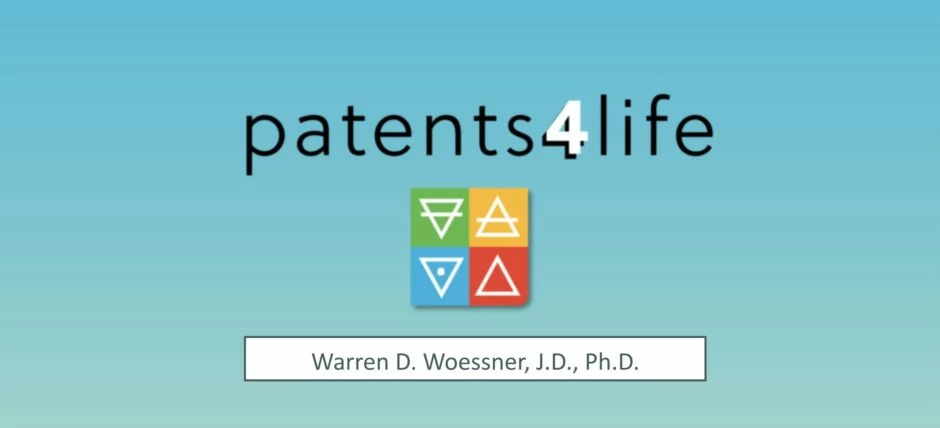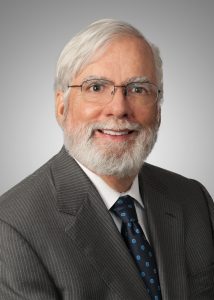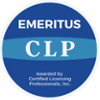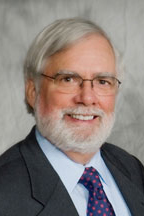On October 5, 2009, Ariad filed a 60 page brief (not counting attached appendices) with the Federal Circuit in support of its appeal in Ariad v. Lilly. (Attached below.) As you will recall from my post of August 24th, the Fed. Cir. granted en banc rehearing of a panel decision invalidating the claims-in-suit for failure to meet the WDR. See also, my posts of April 13, 2009 and May 5, 2009, on the panel’s decision in Ariad v Lilly and Judge Linn’s concurrence, urging a return of the WDR to post-Lilly status:
“The question is, ‘Does the written description describe the invention recited in the claims – themselves part of the specification – in terms that are sufficient to enable one of skill in the art to make and use the invention and practice the best mode contemplated by the inventor?’ That is the mandate of the statute and is all our precedent required, prior to Lilly.”
The questions to be resolved en banc, however, are 1) Does s. 112(1) contain a WDR separate from the enablement requirement, and 2) If it does, what is its scope and purpose? The Ariad brief answers “no” to question 1 but seems to retract its “no” in answering question 2. As part of its short answer to question 2 on page 1 of the brief, Ariad asserts: “Properly interpreted, the statute itself requires the specification to describe (i) what the invention is, and (ii) how to make and use it.” At pages 43-46 of the Brief (the only parts you need to read if you are conversant with the debate), Ariad argues:
“[I]t necessarily follows that the statute provides no scope or purpose for a separate written description requirement. Properly interpreted, the written description requirement of s. 112(1) requires, first, that the specification describe (identify) what the invention is and second, that the specification teach how to make and use the invention…Identifying the invention is necessary for enablement, since a specification that does not teach one of ordinary skill what to make and use does not enable the skilled artisan to make and use the unidentified subject matter.”
What a minute! This seems like ascribing an “identifying function” to the WDR that is separate from the enablement requirement. A sentence later, Ariad tries to ascribe this function to the claims, stating: “However, original claims necessarily identify the subject matter that they define; since they are part of the disclosure at the time of filing and ‘constitute their own description’”.
This argument is akin to taking the position that claims that meet s. 112(2) also satisfy the “description function” of s. 112(1), but Ariad must have felt that statutory redundancy was not much of an argument, even though paragraph 2 of 112 requires “The specification shall conclude with one or more claims particularly pointing out and distinctly claiming the subject matter which the applicant regards as his invention.”
If Judge Lourie has been the Big Bad Wolf leading the pack who supports a heightened WDR to police biotechnology, he should be licking his legal chops over arguments like this. As soon as Ariad concedes that the WDR of s. 112(1) requires the specification to describe “what the invention is,” the Pandora’s box filled with descriptors has been flung wide open; the courts are left to grapple with “How much description of the invention should the specification contain?” Well, how about “a precise definition, such as by structure, formula, chemical name, or physical properties.” Lilly, 119 F.3d at 1566. Again, it bears repeating that adequate claims do not need to contain this level of description, e.g., they can describe the invention functionally or with mixed structural/functional terminology in some cases. For example, “An antibody that binds specifically to cytokine hBAD.” Such a claim will still be weighed against the enablement requirement of s. 112(1), but a specification that adequately teaches how to “make and use” such an antibody should meet s. 112(1) without more.
As I wrote in early 2003, “the legal battle lines are sharply drawn. One camp of judges, led by Judge Rader, believes that the WDR is no more than a semantic test for the ‘right to use’ the claim language in question. If the claim language is supported by the specification, the WDR is satisfied. Enablement is a separate issue that is to be resolved by the very specific Wands factors. … The camp led by Judge Lourie expects a lot more from the WDR; along with the enablement requirement, it now imparts or denies the ‘right to claim’ the invention at issue. That is nearly as equitable a doctrine as that assigned to the doctrine of equivalents.”
At pages 46-50, the Ariad brief contains a rather confusing discussion of two cases decided in the 1850’s that is supposed to convince the Fed. Cir. that Supreme Court precedent illustrates “[t]he proper approach to the enabling-description requirement of s. 112(1)”. In my next post on Ariad, I review a hypothetical fact situation based on two biotech inventions that is a bit more modern. Eventually, we may even reach the merits of the case.
Ariad v Lilly Brief.pdf






